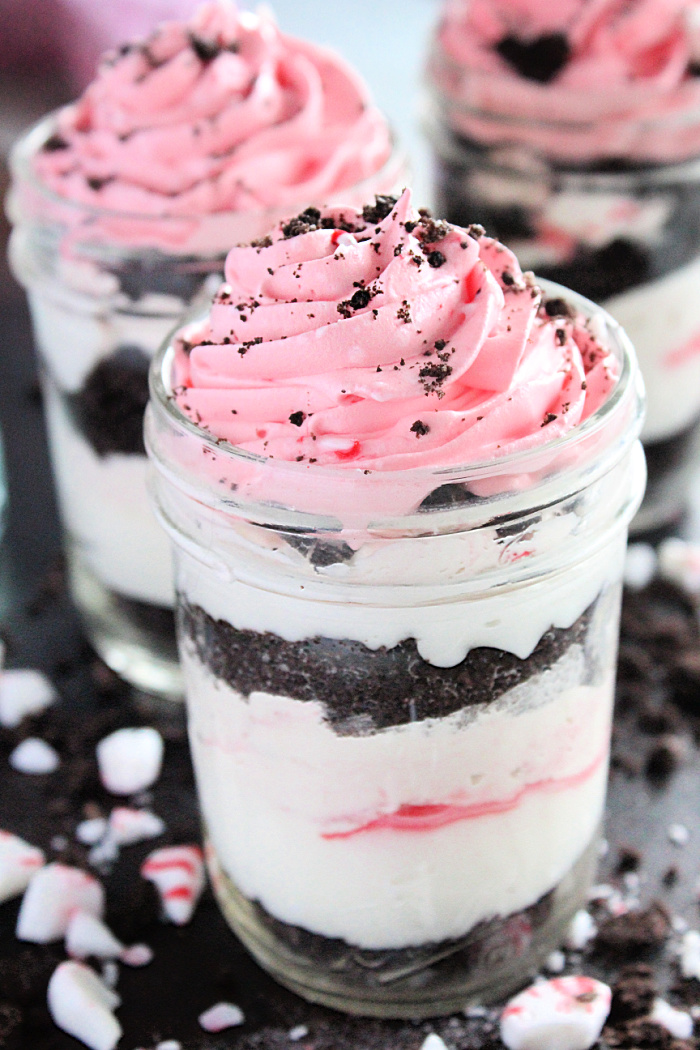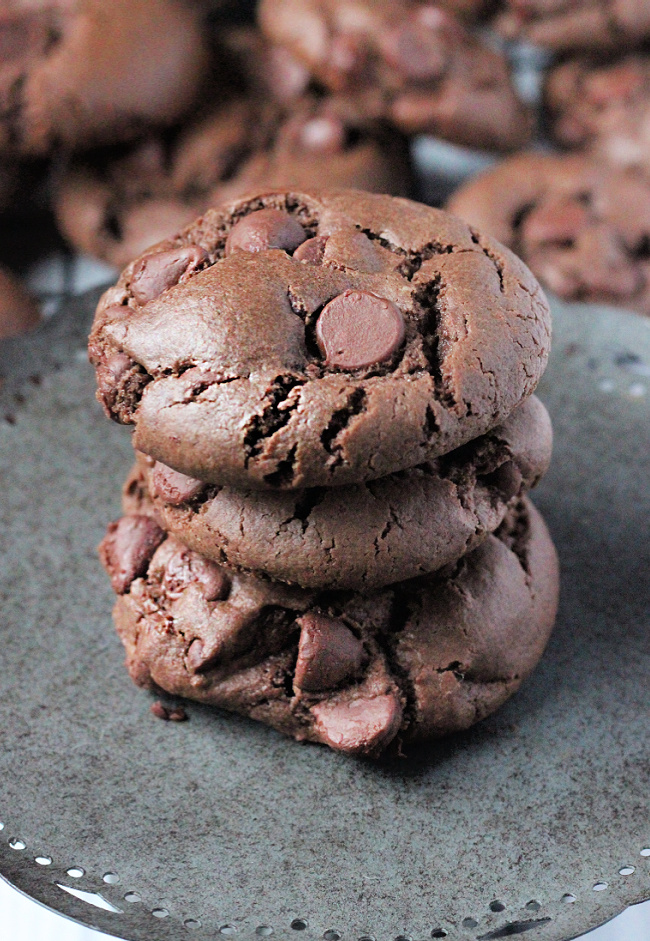13 States With Iconic Desserts Worth a Sweet Detour
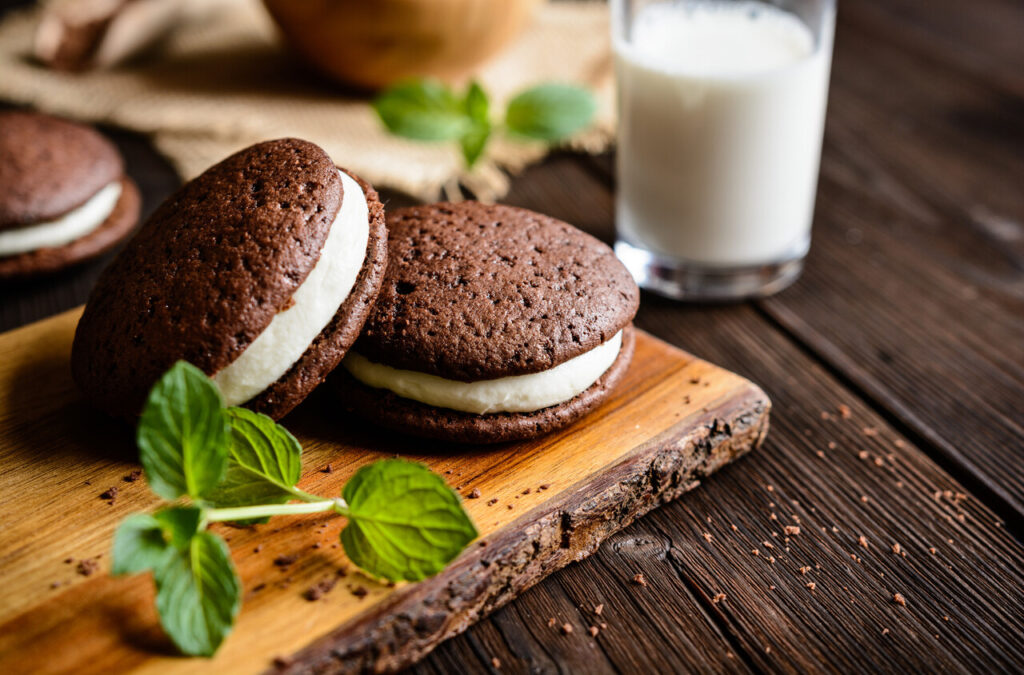
Nothing captures the heart of a place quite like its desserts. Every state has a sweet that tells its own story, shaped by local traditions, regional ingredients, and generations of bakers who turned simple recipes into beloved staples. From creamy pies to flaky pastries, these desserts aren’t just sugar-filled indulgences, they’re edible postcards of history and culture. If you’ve ever wondered what truly defines a state’s flavor, it’s often found on the dessert plate.
1. Florida – Key Lime Pie
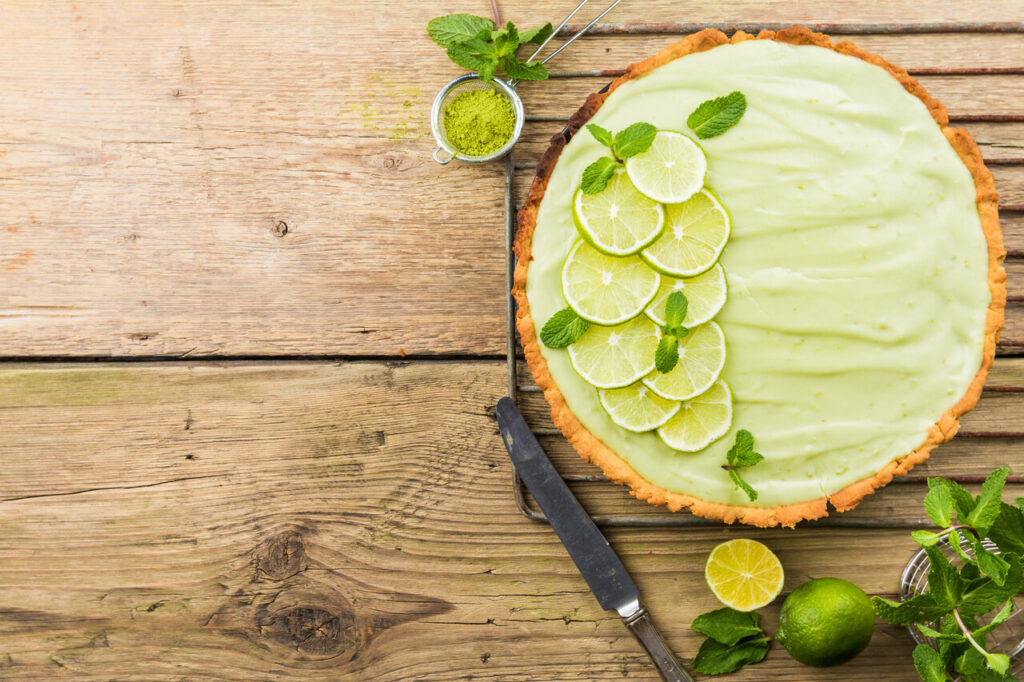
Think of a forkful of Key lime pie as Florida’s bright answer to heavy desserts. The filling is a sharp concentrate of Key lime juice, sweetened condensed milk, and egg yolks, which cooks into a tangy, custard-like set that chills firm. Traditionally it sits in a graham cracker crust, and a light whipped cream or meringue keeps the acidity honest. Key limes are smaller and more floral than Persian limes, which gives the pie its signature perfume. Eat it cold; the chill sharpens the citrus and makes the texture velvet-smooth, which is why it became a coastal staple in places like Key West.
2. Georgia – Peach Cobbler
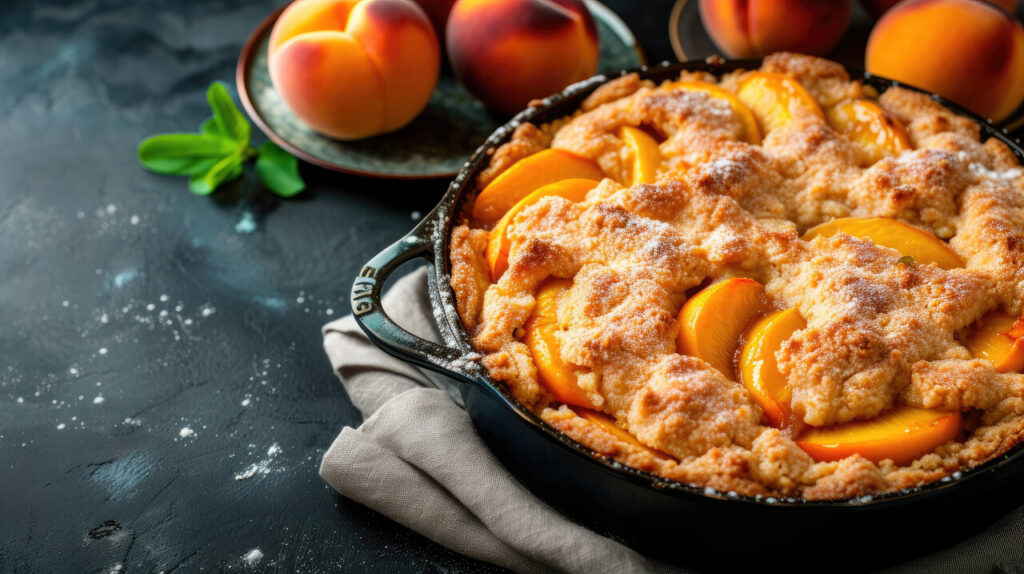
Peach cobbler is summer in Georgia, made simple and warm. Thick slices of ripe peach are tossed with a pinch of sugar and a little acid, then baked under a biscuit or cake-like topping that soaks up fruit juices and browns at the edges. The best versions lean on fruit, sweet, sun-ripened peaches that release syrup as they roast, so cobbler reads as both rustic and generous. Serve it hot with cold vanilla ice cream or a spoonful of clotted cream; the contrast between the bubbling fruit and the tender, slightly crisp topping is exactly why locals still drive out of their way for it.
3. New York – Black and White Cookie
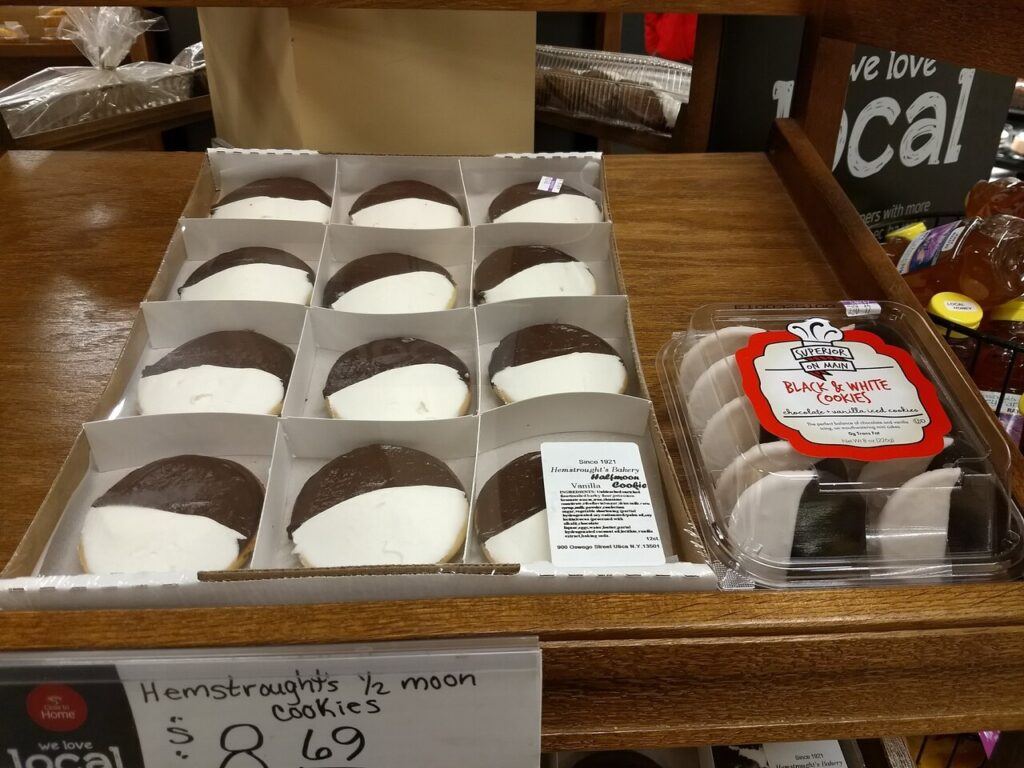
The black and white cookie feels like a city sidewalk: simple, confident, and perfectly balanced. It’s a cake-like round, tender and slightly domed, with half coated in vanilla glaze and half in chocolate fondant. The cookie’s texture sits between cake and cookie, so it gives way rather than crunching. Originating from New York bakeries, it’s built to travel, glaze that sets but stays glossy, making it a grab-and-go treat with coffee. The real appeal is contrast: sweet vanilla, bittersweet chocolate, and a soft crumb that soaks up espresso without turning soggy.
4. Louisiana – Beignets
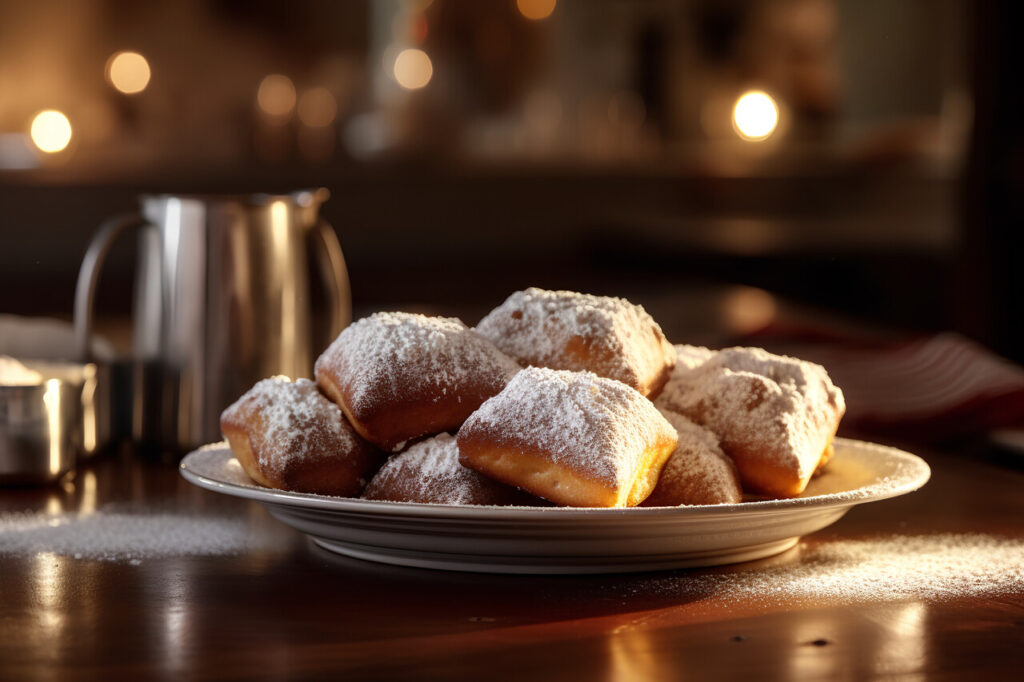
Beignets are deep-fried dough turned into an indulgent, snowy ritual. The dough puffs into airy pillows when fried at the right temperature, and an avalanche of powdered sugar finishes them so each bite hits sweet and warm. New Orleans-style beignets trace their roots to French and Creole baking traditions, where light, yeasted doughs were fried and shared. Serve them hot, straight from the fryer, with coffee on the side for the classic cafe experience. The texture is tender and slightly custardy inside, which is why they’re sought out at morning markets and late-night cafés alike.
5. Wisconsin – Kringle
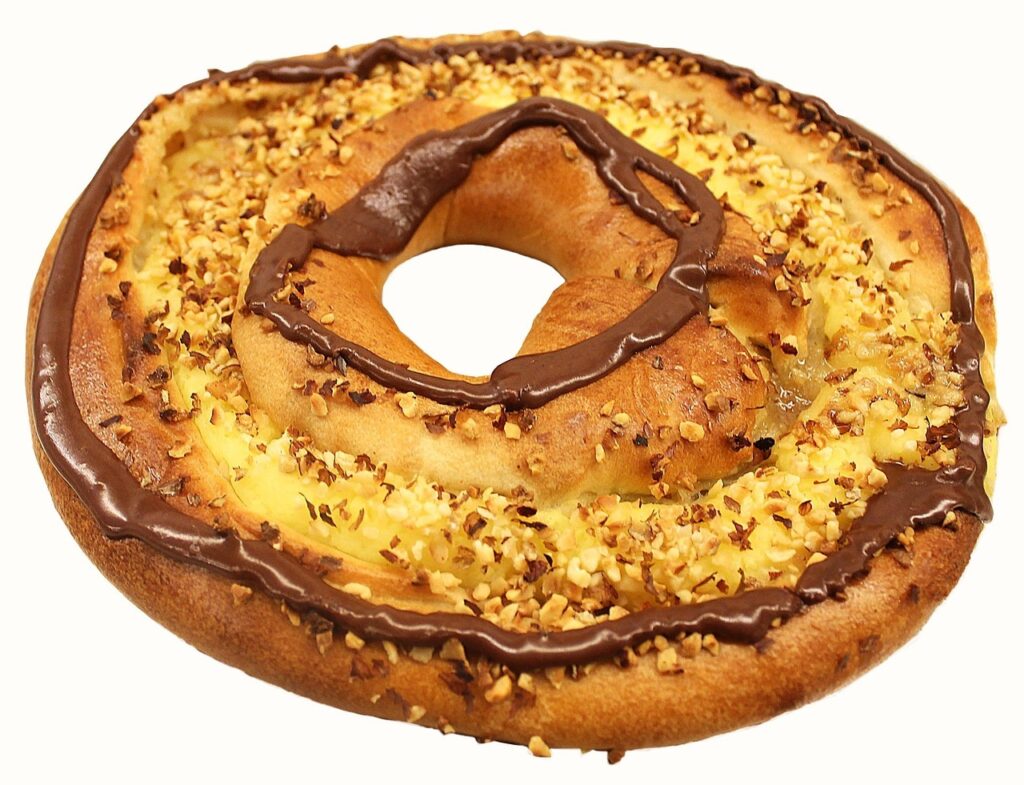
Kringle arrives as a buttery, laminated pastry that reads like a folded, oval Danish made for sharing. Layers of flaky dough wrap around spiced or fruity fillings, apple, cherry, almond, or nut blends, then the whole thing is glazed and sliced into generous wedges. Racine, Wisconsin, made the kringle its signature through bakery traditions carried by Danish immigrants, and quality hinges on butter content and lamination technique. The result is a pastry that’s rich without being greasy, with a crisp outer shell and satisfyingly tender interior that pairs well with coffee or a late-morning brunch spread.
6. Maine – Whoopie Pie
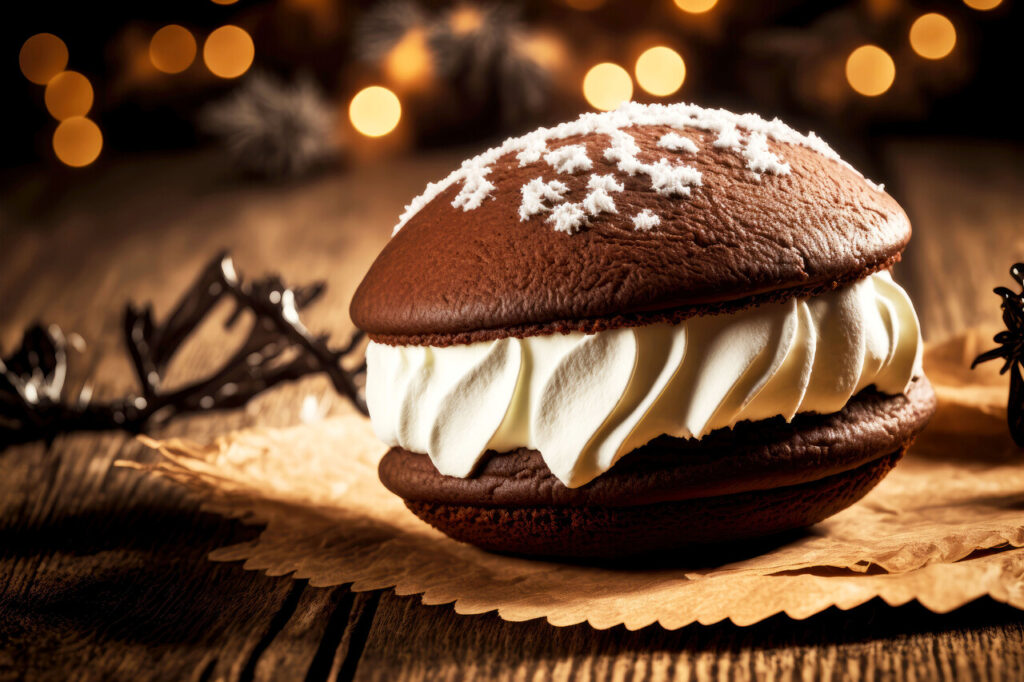
The whoopie pie is not a pie at all but a portable celebration: two cakey rounds sandwiching a cloud of sweet filling. In Maine the cookie-like cakes tend to be chocolate, sometimes flavored with molasses or brown sugar, while the filling runs from marshmallow fluff to buttercream. The cake is soft and springy so it compresses pleasantly in the hand, and the filling provides fat and sweetness that feels homey rather than saccharine. Whoopie pies travel well, store without sogging for a few days, and often show up at bakeries alongside coffee and other local pastries.
7. Kentucky – Chess Pie
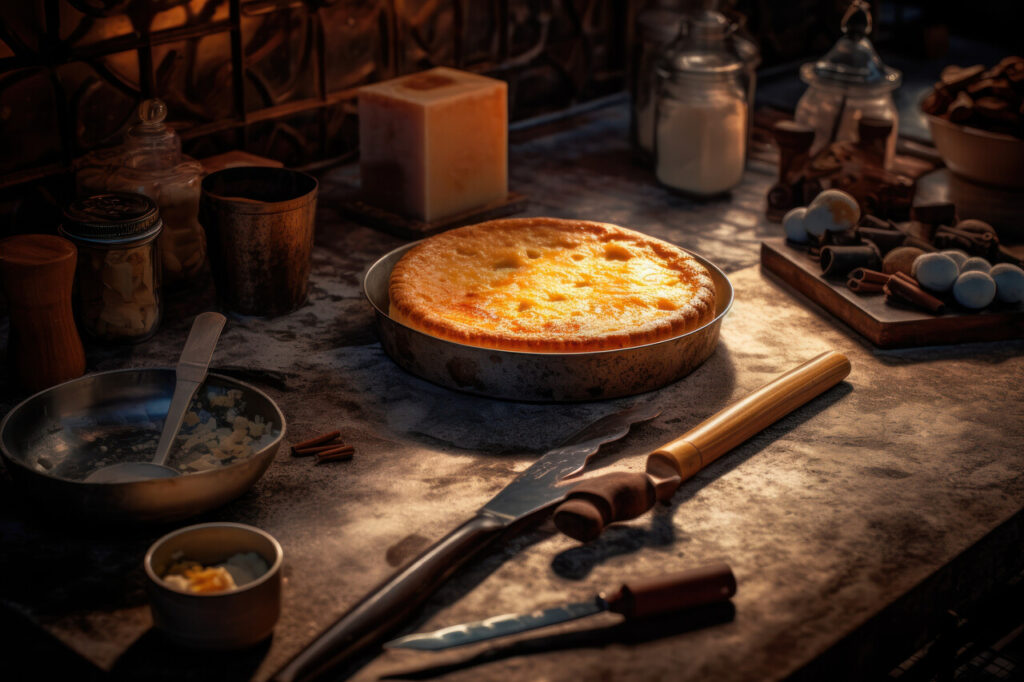
Chess pie keeps its case simple: a dense, custardy filling that relies on eggs, sugar, butter, and a hint of cornmeal or vinegar for structure. It’s one of those Southern templates where small variations, like adding lemon or chocolate, change the character but not the straightforward logic. The texture is more set than a cream pie, with a caramelized top and a tender crumb near the crust. Serve slices at room temperature or slightly warmed to let flavors bloom. It’s a regional icon because it’s humble, ingredient-driven, and honest about what a good pie should be.
8. Ohio – Buckeyes
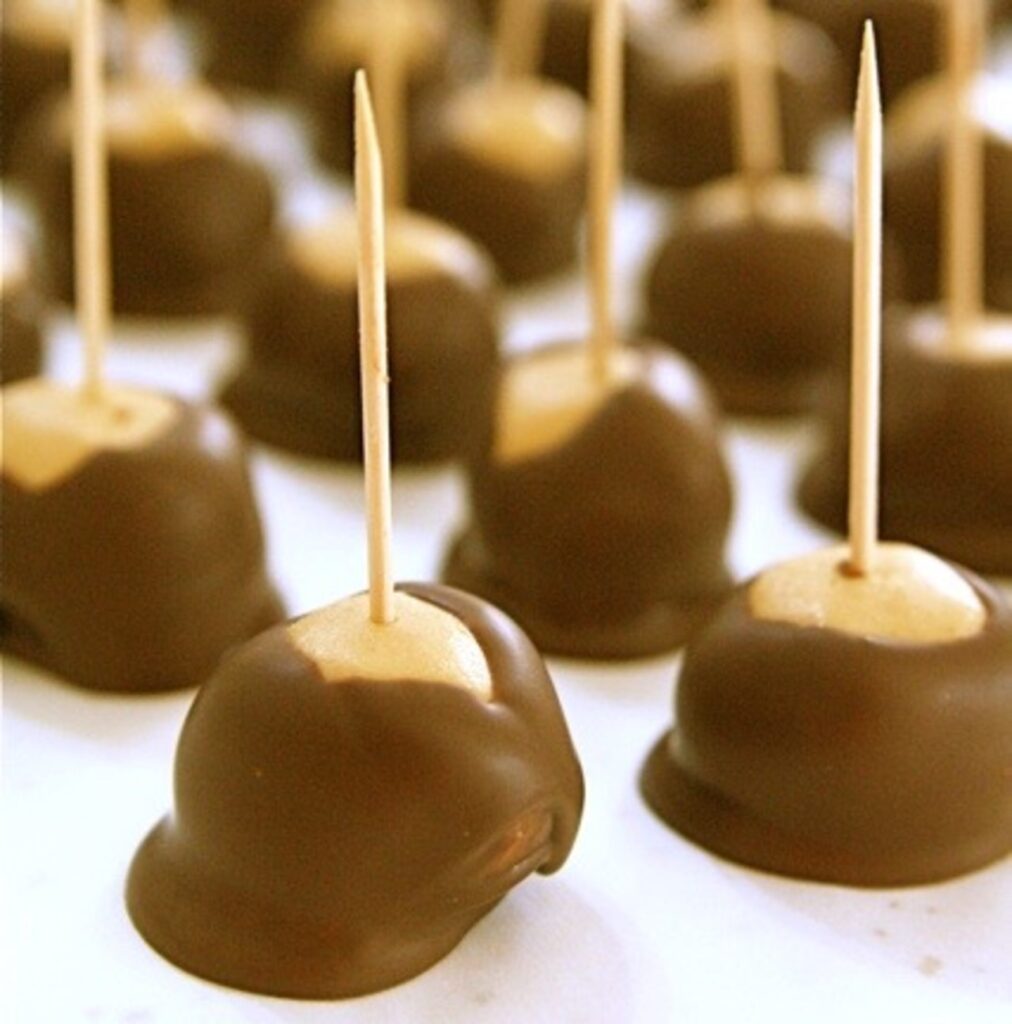
Buckeyes are compact, nostalgic candies that nod to Ohio’s landscape. They’re spooned mounds of peanut butter and confectioners’ sugar shaped into balls, then dipped partway in dark chocolate so the top shows like the nut they’re named after. Texture matters: the center should be dense and slightly firm, not grainy, and the chocolate shell needs a clean snap. Buckeyes bridge candy and cookie, and they’re popular at potlucks, tailgates, and holiday spreads because they’re shareable, make-ahead friendly, and unmistakably regional.
9. Tennessee – Banana Pudding

Banana pudding is an easy, layered dessert that reads like comfort in a dish. Thin banana slices alternate with vanilla custard or pudding and crisp wafer cookies, which soften over time into tender layers that still offer some bite. The top may be crowned with whipped cream or a lightly toasted meringue, which keeps the finish airy. This dessert scales from small trifle dishes to big gatherings, and it’s prized because the assembly improves with a little rest, flavors meld, wafers mellow, and the bananas sink into silky custard. It’s a Southern staple for a reason.
10. Utah – Jell-O

Jell-O in Utah is a cultural shorthand for creative, colorful desserts that often include fruit, whipped topping, and a gelatin base. The texture is glossy and bouncy, which lets it pair with a wide range of add-ins, from canned fruit to carrot shreds and marshmallows, turning a simple gelatin into an assembled salad or molded centerpiece. It’s popular for potlucks and celebrations because it’s inexpensive, visually distinct, and fridge-stable. The dessert’s charm comes from its light mouthfeel and adaptability: you can make it delicate or robust, depending on the mix-ins.
11. Pennsylvania – Shoofly Pie
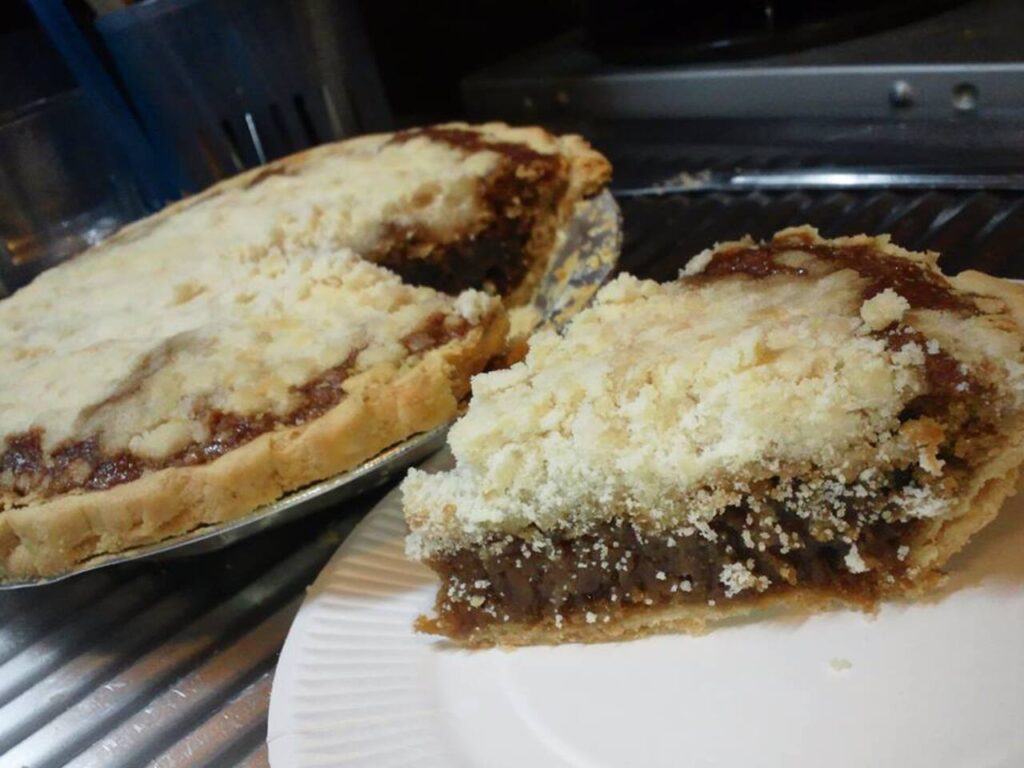
Shoofly pie is a Pennsylvania Dutch creation that centers on dark, robust molasses and a crumbly topping. The filling can be more cake-like or more gooey depending on the recipe, but molasses anchors the flavor with deep, bittersweet notes. A coarse crumb of butter, flour, and sugar contrasts that density, giving the pie a rustic texture and a country-kitchen look. It’s often served with a cup of coffee, and its appeal lies in old-fashioned ingredients and a straightforward sweetness that’s not afraid to be slightly smoky from the molasses.
12. Massachusetts – Boston Cream Pie
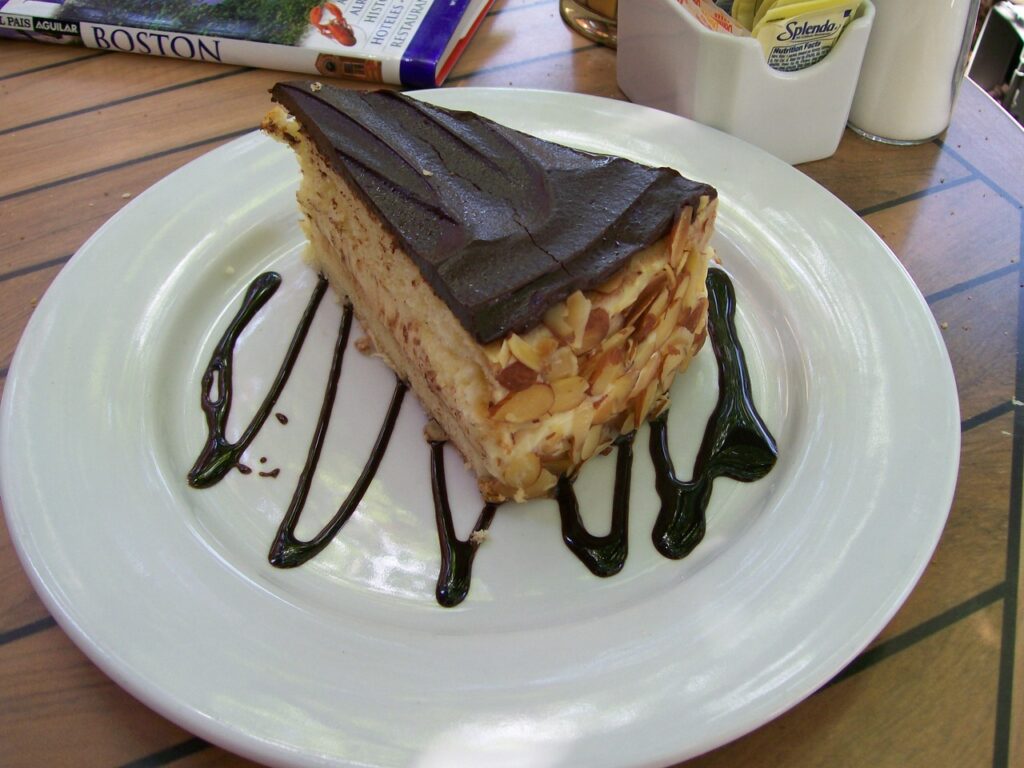
Boston cream pie is essentially a composed cake: tender yellow sponge split and filled with thick pastry cream, then finished with a glossy chocolate glaze. Despite the name, the “pie” moniker stuck historically; what matters now is balance, the vanilla-rich cream, the light sponge, and the bittersweet chocolate top. The Parker House Hotel in Boston popularized it in the 19th century, and the dessert remains a benchmark of pastry technique because the cream must be silky and the cake properly baked to avoid sogginess. Slice it confidently; the layers hold up when executed correctly.
13. Montana – Huckleberry Pie

Huckleberry pie showcases wild, tart berries that grow in high-country and forested areas, making the dessert a marker of place as much as flavor. The berries pack a concentrated, slightly floral tang that benefits from a simple sugar balance and a sturdy, butter-rich crust that keeps filling from running. Foraging culture surrounds huckleberries, so pies often carry a local cachet, small-town bakeries and roadside stands turning them into regional specialties. Serve warm with cream or ice cream; the bright berry notes lift when paired with dairy and a little heat.

